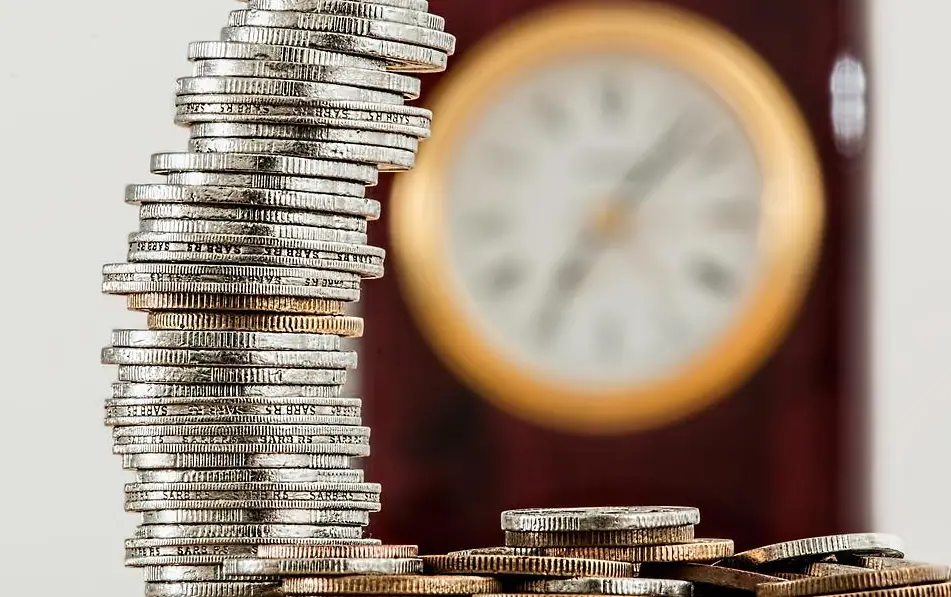As stocks and bonds have been hammered this year, it has also impacted the retirement plans of millions of state and local employees.
US public pension plans have been taking a beating during the market’s decline, as media losses totaled 7.9% for the year ending June 30th, according to data from Wilshire Associates, an institutional investment consultant.
Plans worth less than $1 billion have seen declines of 12.1% for the fiscal year ending June 30th, while plans worth over $1 billion have dropped 7.3% during that period.
The bulk of the losses in these plans came in the second quarter. Large plans saw their portfolios fall 7.7% in the quarter ending June 30th, while smaller plans lost 10.4% in that period. That was the worst performance since the pandemic began in 2020.
Wilshire President Jason Schwarz said, “The second quarter of 2022 was historical, but for all the wrong reasons. If you look back 50 years, you’ll be hard pressed to find another quarter where global equities were down by double-digits and investment grade bonds were down five-percent.”
US Stocks overall had their worst first half since 1970, with those losses focused in the second quarter. The S&P 500 fell into a bear market, and remains down 20.6% from the high posted on January 3rd.
The Dow Jones Industrial Average lost 15.3% in the first half, making it the worst first half since 1962, while the Nasdaq made its worst first half on record, losing 29.5%.
Institutional assets dropped 10.6% over the year ending June 30th, losing 9.6% in the second quarter alone, across pensions, foundations, and endowments, as equity and fixed income markets plunged due to a mix of inflation, Federal Reserve rate hikes, and recessionary fears.
The decline even hit the most reliable funds. The California Public Employees’ Retirement System (CalPERS), lost more than 6% by the end of its fiscal year, ending June 30th, marking its negative return since the 2008 financial crisis.
The asset owner said in a statement, “Tumultuous global markets played a role in CalPERS’ first loss since the global financial crisis of 2009.”

